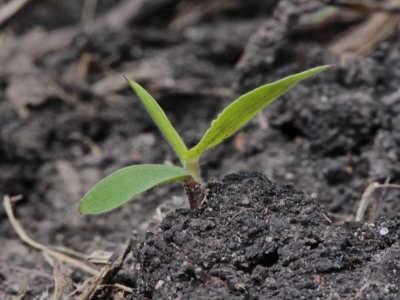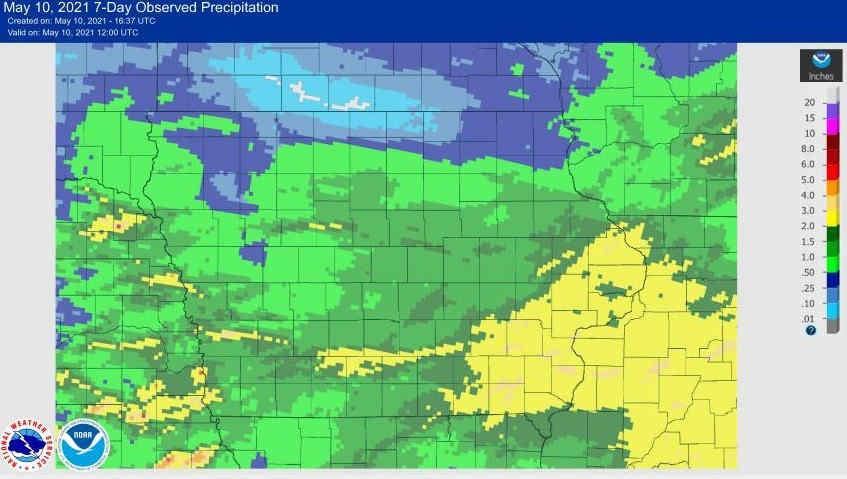By Dr. Bob Hartzler
Performance of preemergence herbicides in many areas of the state may be less effective than normal due to limited rain following application. Although weed emergence following planting was reduced by dry soils and cool temperatures, it is likely that most fields will have some weeds that emerged during this period. Systematic scouting of fields, beginning shortly after crop emergence, will be essential to determine how best to manage weeds throughout the remainder of the season.
Postemergence applications in many fields may need to be made earlier than planned to treat early-season escapes at an acceptable size. Large-seeded weeds (i.e. velvetleaf, ragweeds, woolly cupgrass) can emerge from deeper in the profile where adequate moisture was available. There could be shifts in the weed species present at the early application compared to what is normally encountered (i.e. less waterhemp). In this situation, there may be a more effective herbicide program than was initially planned.

Large-seeded weeds, such as woolly cupgrass, can emerge from deeper in the soil profile where sufficient soil moisture was present.
Earlier postemergence applications due to escapes will increase the number of weeds that emerge following the postemergence treatment. Inclusion of additional residual herbicide (layered residual) will help manage late-emerging weeds and reduce the likelihood of the need for a second postemergence application.
Most areas of the state received sufficient rain over the weekend to activate preemergence herbicides and stimulate weed emergence. The majority of herbicide should have remained on the soil surface during the extended dry spell, and will perform as expected after activation. A concern for some fields may be movement of herbicide on the soil surface with wind erosion. It is impossible to predict where this happened, scouting is the only way to determine whether this will be a problem.

Last week rains will activate herbicide and stimulate new flushes of weeds.
In summary, the extended dry period during planting will alter both emergence patterns of weeds and performance of preemergence herbicides. The only way to determine whether plans for postemergence weed control will need to be altered is to scout fields to determine what weeds are present and the optimum time for postemergence treatments.
Source : iastate.edu